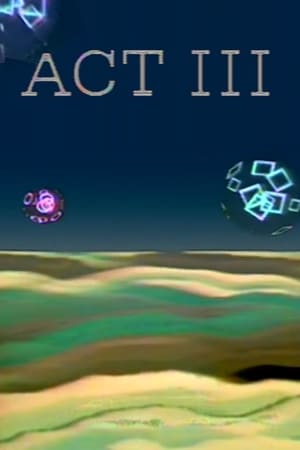

Frammenti di una Festa Furiosa(2021)
Furio’s Furious Fragments & Friends - Furio Jesi (1941 Turin -1980 Genoa), enfant prodige moving between a plethora of disciplines – egyptology, history of religions, German philology, literary criticism - passed away prematurely, not without leaving bright fragments which throw light on mechanisms beneath many socio-cultural practices, for instance regarding cultural belonging, the functions of myth in modern society. He saw kind of “mythological machines” at work underneath our cultural production of meanings, historically determined, departing from a void, something that is still in culture but as residue, a missing link to an alleged authentic experience nowadays compromised up to the point to became just rhetoric, a byword, which is in no way neutral, but a tool, a macchina, for maintaining the status quo and serving the power apparatus. As in the case of holidays, celebrations and festivals.
Movie: Frammenti di una Festa Furiosa

Frammenti di una Festa Furiosa
HomePage
Overview
Furio’s Furious Fragments & Friends - Furio Jesi (1941 Turin -1980 Genoa), enfant prodige moving between a plethora of disciplines – egyptology, history of religions, German philology, literary criticism - passed away prematurely, not without leaving bright fragments which throw light on mechanisms beneath many socio-cultural practices, for instance regarding cultural belonging, the functions of myth in modern society. He saw kind of “mythological machines” at work underneath our cultural production of meanings, historically determined, departing from a void, something that is still in culture but as residue, a missing link to an alleged authentic experience nowadays compromised up to the point to became just rhetoric, a byword, which is in no way neutral, but a tool, a macchina, for maintaining the status quo and serving the power apparatus. As in the case of holidays, celebrations and festivals.
Release Date
2021-02-08
Average
10
Rating:
5.0 startsTagline
Genres
Languages:
ItalianoKeywords
Recommendations Movies
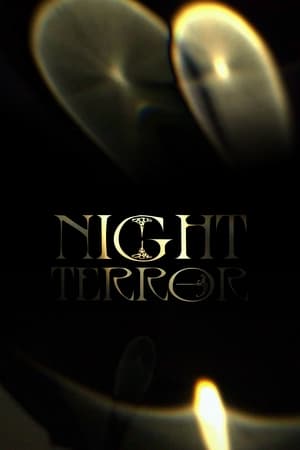 10.0
10.0Night Terror(en)
Strange things occur tonight whether the paranormal phenomenon is the invisible invasion of aliens from outer space or light flashes of another dimension? We will never know. Are we alone or may we encounter extraterrestrial species that are coming at night to conquer our dreams, our body and mind? What are you afraid of?
 6.0
6.0Mantovani, the King of Strings(it)
Known for his unmistakable cascading strings and recordings such as Charmaine, Mantovani enthralled the world with his sublime arrangements. This is the story of the man and his music.
 6.5
6.5Bach - A Christmas Miracle(de)
Leipzig, December 1734: Christmas brings the Bach family together. The first snow has fallen and the children Gottfried and Elisabeth are delighted about the arrival of their older brothers Friedemann and Emanuel. The Thomaskantor has retired to his music room. Anna Magdalena supports her husband, as there are only a few days left and his latest work, the six-part "Christmas Oratorio", must be finished on time. It is awaited with suspicion by the city council and the gentlemen of the consistory, who have long found Bach's waywardness a thorn in their side and fear that, after the premiere of the St. Matthew Passion a few years earlier, the St. Thomas Church will once again be filled with "operatic" music. With the oratorio, Johann Sebastian Bach hopes that he will finally become court composer in Dresden. And, as always, he demands that all members of the family join forces to help him. But differences of opinion are increasingly delaying the completion of Bach's most famous work.
 7.0
7.0T3EN TIGADA(en)
Three friends device a plan that could help them ACE their accountings exam. The plan is - to steal the paper. What follows then is situational & slapstick comedy with a hilarious twist!
 5.1
5.1Terra Nullius or: How to Be a Nationalist(en)
Even uninhabited archipelagos may be subject to drawn out territorial disputes if they are rich in oil deposits. However, the filmmaker is more concerned with how ownership issues reverberate amongst nationalists in competing countries rather than in the history of the dispute or its resolution, making it possible to present the patriotic pathos-soaked ceremonies of the Japanese, the efforts of Chinese authorities to complicate diversionary activities, and the expressive protests and bizarre rituals of Taiwanese activists. The desire to understand the situation leads the director to participate in several futile attempts to land on the islands. Although he finds himself on the frontline during an escalation in the conflict, he is able to maintain his distance as an impartial observer.
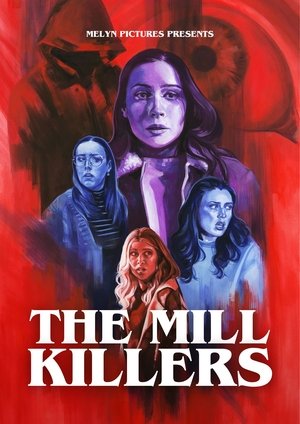 5.7
5.7The Mill Killers(en)
Four girls return home to a ghost town but find themselves being followed. By someone who knows what they did? Or just their guilty conscience? There's more to each girl than meets the eye.
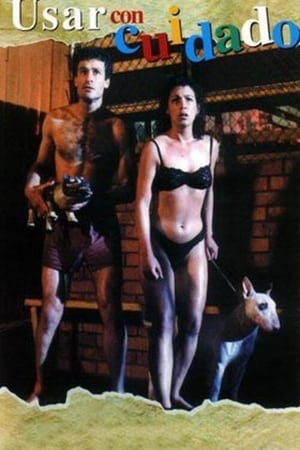 5.3
5.3User Friendly(en)
Everyone is chasing a little wooden dog. Old and young, they all think it contains an elixir of life. Miranda, a manic cosmetics tycoon, thinks it's worth millions. A mob of old folk led by a pair of deranged doctors is convinced it contains the secret of eternal youth.
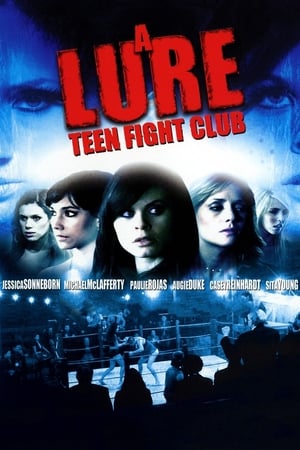 7.1
7.1A Lure: Teen Fight Club(en)
A community is under siege as three Belmont Highschool coed students go missing with no trace of their whereabouts. The pressure is on the police to capture the culprits responsible. Scouring the school hallways in search of clues, undercover female detective Maggie Rawdon (Jessica Sonnerborn) enters Belmont High as a transfer student in an attempt to solve the hideous disappearance of the students. Maggie makes a few new friends, and gets invited to a private rave in the country. Just as the group begins to suspect that they've taken a wrong turn, however, the trap is sprung and Maggie finds out firsthand what fate has befallen the missing girls.
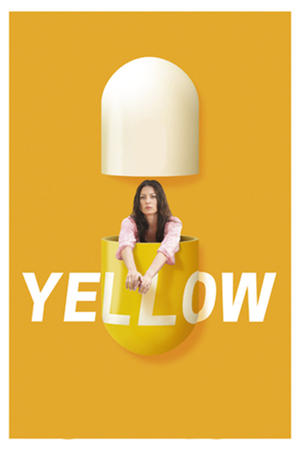 5.0
5.0Yellow(en)
A young substitute teacher escapes from her drudging everyday life by fantasizing about bizarre parallel realities.
 10.0
10.0N.Y. State of Mind Tour(en)
From the slums of Shaolin Wu Tang Clan strikes again, paired with the great Nasir bin Olu Dara Jones. In this back-to-back event the Hip-Hop legends take us on a cinematic musical journey through Hip-Hop itself, their discography, whilst channeling an Abel Ferrara "King of New York" aesthetic. All preformed in the name of love and unity.
Make me the Next Model Too(en)
Make me the Next Model Too is a model competition
 5.0
5.0Convicts(it)
The short registers a sports spectacle of great importance (probably of soccer). We never see the spectacle itself but the people watching and reacting at the stadium.
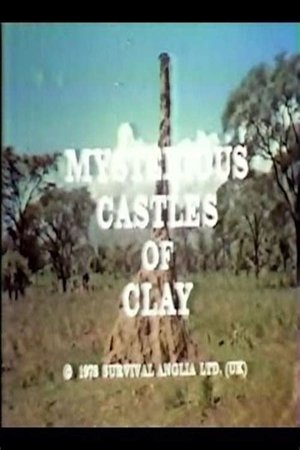 5.8
5.8Mysterious Castles of Clay(en)
Mysterious Castles of Clay is a 1978 film about a termite colony; filmed in Kenya by film-makers Joan and Alan Root, and narrated by Orson Welles. (narration replaced by Derek Jacobi, in a later release titled "Castles of Clay")
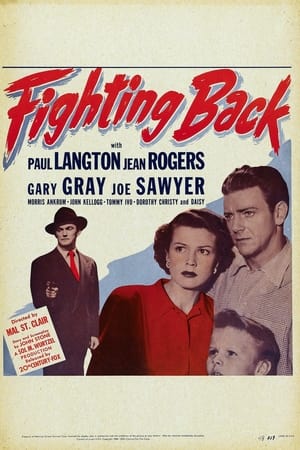 6.0
6.0Fighting Back(en)
An ex-convict, freed to fight in World War II, gets a factory job and is accused when a bracelet is missing.
 3.5
3.5The Daughter of Emanuelle(en)
Emanuelle's daughter Pussy introduces her to her new lover and she suffers a flash of recognition.
 6.0
6.0Hell is Other People(ko)
The affairs of men and women are many and complex in this film.
 7.5
7.5"Renjou" Keishichou Kyoukouhan-gakari Higuchi Akira(ja)
Kosuge, the president of a factory, is killed by someone while returning home. A bag charm is found at the scene. When Akira Higuchi and his colleagues from the Metropolitan Police Department's Investigation Division investigate his home, they find a bankbook with the letters A, Y, M, and S written in English. It turns out that the charms left behind were custom-made by Seiji Iwai. However, Seiji had committed suicide five years ago in a robbery-suicide case. Seiji's mother, Mizuki, is an old acquaintance of Superintendent Tendo. Higuchi heads for Mizuki's place...
Similar Movies
 0.0
0.0Karikpo Pipeline(xx)
The Karikpo masquerade - a traditional dance of the Ogoni tribe - is transposed onto the remnants of a faded oil industry programme in the Niger delta.
 8.1
8.1Good Morning, Mr. Orwell(en)
In his book "1984", George Orwell saw the television of the future as a control instrument in the hands of Big Brother. Right at the start of the much-anticipated Orwellian year, Paik and Co. were keen to demonstrate satellite TV's ability to serve positive ends-- Namely, the intercontinental exchange of culture, combining both highbrow and entertainment elements. A live broadcast shared between WNET TV in New York and the Centre Pompidou in Paris, linked up with broadcasters in Germany and South Korea, reached a worldwide audience of over 10 or even 25 million (including the later repeat transmissions).
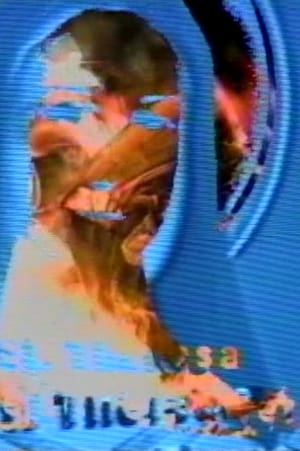 0.0
0.0FUCK TV(en)
After concluding the now-legendary public access TV series, The Pain Factory, Michael Nine embarked on a new and more subversive public access endeavor: a collaboration with Scott Arford called Fuck TV. Whereas The Pain Factory predominantly revolved around experimental music performances, Fuck TV was a comprehensive and experiential audio-visual presentation. Aired to a passive and unsuspecting audience on San Francisco’s public access channel from 1997 to 1998, each episode of Fuck TV was dedicated to a specific topic, combining video collage and cut-up techniques set to a harsh electronic soundtrack. The resultant overload of processed imagery and visceral sound was unlike anything presented on television before or since. EPISODES: Yule Bible, Cults, Riots, Animals, Executions, Static, Media, Haterella (edited version), Self Annihilation Live, Electricity.
 10.0
10.0Speed(en)
SPEED is the result of an artificial intelligence transforming bin footage into something beautiful in order to free the planet from pixel pollution. By video recycling trash shots into video art using the latest algorithm technology, visual art may help to understand our limited resources on earth and how to use them in a respectful manner. Every day we produce millions of clips sharing them on social media without even noticing anymore how much pixel garbage we create. At the same time, we produce every day millions of tons of plastic waste, polluting our environment without even noticing it anymore. SPEED wants to be a symbol of change as we are running out of time.
 10.0
10.0Super Vario Birds(en)
Bits and blocks are the home of the Super Vario Birds who are dancing to the 8bit symphony of Ludwig van Beethoven.
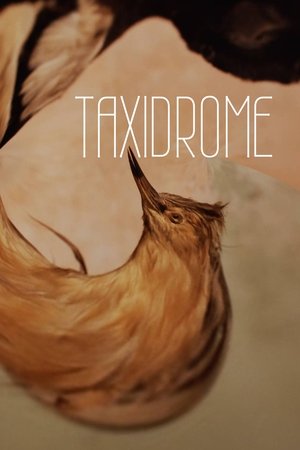 10.0
10.0Taxidrome(en)
To fly a – way from/out of death, don’t hire a taxidermist but take a ride in this taxidrome! Series of 41 Moving Images - this analogy is possible being conservation at its core rescuing what really matters in the world, like nature, habitats, science and art. It is vital. Yet in a continuously changing environment, the flipside of conservation becomes and here it is where the vital feature of conservation becomes its lifelike trait, a fictive life, a fake life. The embalming process consists of 1) imparting a balmy essence to the dead body, as in the ancient world, 2) by filling its blood vessels with formaldehyde to prevent putrification, as in the modern world, although recently with more regard towards more natural treatments, as for instance in bio-art. To embalm also means to “preserve from oblivion”, and “to cause to remain unchanged”, “to prevent the development of something”.
 7.0
7.09/11 Simulation in Roblox Environment(en)
CGI collage short film originally premiered as part of the 'Extinction Renaissance' exhibition at the Loyal Gallery in Stockholm.
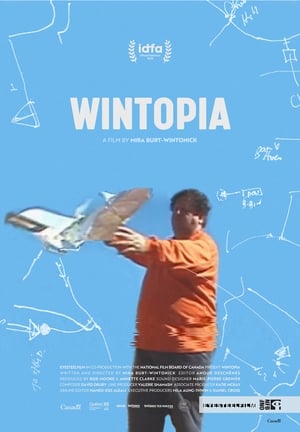 10.0
10.0Wintopia(en)
IDFA and Canadian filmmaker Peter Wintonick had a close relationship for decades. He was a hard worker and often far from home, visiting festivals around the world. In 2013, he died after a short illness. His daughter Mira was left behind with a whole lot of questions, and a box full of videotapes that Wintonick shot for his Utopia project. She resolved to investigate what sort of film he envisaged, and to complete it for him.
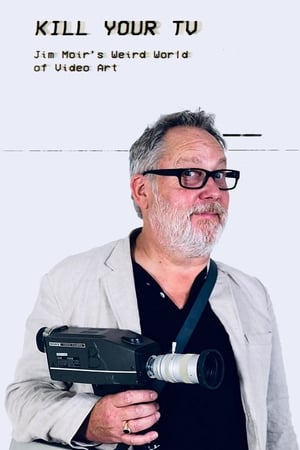 0.0
0.0Kill Your TV: Jim Moir’s Weird World of Video Art(en)
Jim Moir (aka Vic Reeves) explores Video Art, revealing how different generations ‘hacked’ the tools of television to pioneer new ways of creating art that can be beautiful, bewildering and wildly experimental.
 6.0
6.0Grid(pt)
A ritual of grids, reflections and chasms; a complete state of entropy; a space that devours itself; a vertigo that destroys the gravity of the Earth; a trap that captures us inside the voids of the screen of light: «That blank arena wherein converge at once the hundred spaces» (Hollis Frampton).
 0.0
0.0Sayonara Super 8(en)
Pia Yona Massie's Sayonara Super 8 uses personal archival footage to ask questions about the fragile nature of memory, human relationships and the foibles of the medium itself.
 6.5
6.5All Star Video(ja)
A compilation of avant-garde artwork and talent of the mid to late 20th century hosted by Ryuichi Sakamoto.
 0.0
0.0Things That Were There(en)
Experimental video art compiled from video taken on an LG Env3 flip phone circa 2009-2010
 6.9
6.9Nam June Paik: Moon Is the Oldest TV(en)
The quixotic journey of Nam June Paik, one of the most famous Asian artists of the 20th century, who revolutionized the use of technology as an artistic canvas and prophesied both the fascist tendencies and intercultural understanding that would arise from the interconnected metaverse of today's world.
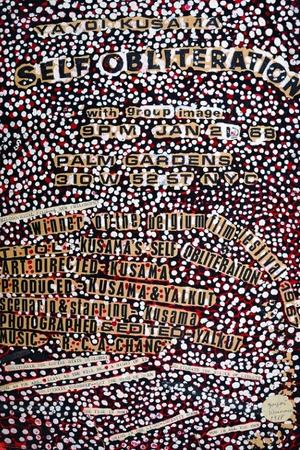 6.0
6.0Kusama's Self-Obliteration(en)
A film exploration of the work and aesthetic concepts of Yayoi Kusama, painter, sculptor, and environmentalist, conceived in terms of an intense emotional experience with metaphysical overtones, an extension of my ultimate interest in a total fusion of the arts in a spirit of mutual collaboration. —Jud Yalkut
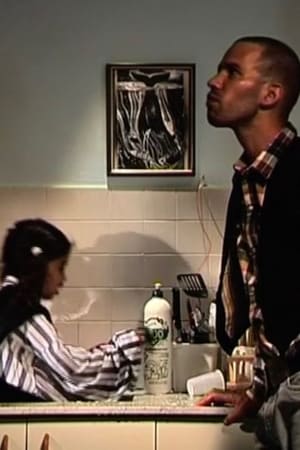 0.0
0.0Moby Dick(he)
Guy Ben-Ner, one of Israel's foremost video artists, gained international recognition with a series of low-tech films, starring his family in absurdist settings carved out of their intimate spaces and their everyday surroundings. Many of his videos are inspired by screenplays for films, folktales and novels. Analyzing these literary and cinematographic passages allows him to exploit the conventions of film narrative: how to tell a story, captivate an audience through a tale, sustain a degree of tension and entertainment, and so on. At the same time, he corrupts the magic of fiction by openly showing us the entrails of everything he records, without worrying about revealing the tricks of the trade. A large part of his filmic oeuvre features a conglomeration of cinematic and literary references which the artist quotes, adapts or interprets. Ben-Ner self-referentially links the great themes and their literary, cinematic and artistic realization.
 4.0
4.0Flooded McDonald’s(en)
Flooded McDonald's is a new film work in which a convincing life-size replica of the interior of a McDonald's burger bar, without any customers or staff present, gradually floods with water.
 0.0
0.0Graphic Variations on Telidon(en)
"In an effort to explore the flexibility of Telidon, Canada's videotex system, Pierre Moretti, animation artist from the National Film Board, used, in the graphic mode, the geometric figures which form the basis for Telidon's picture description instructions. Thus he created this short animated film."
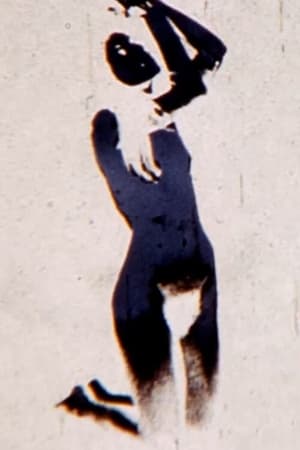 0.0
0.0Cumulonimbus(en)
A 1970 projection of what may come when pollution over powers nature.

